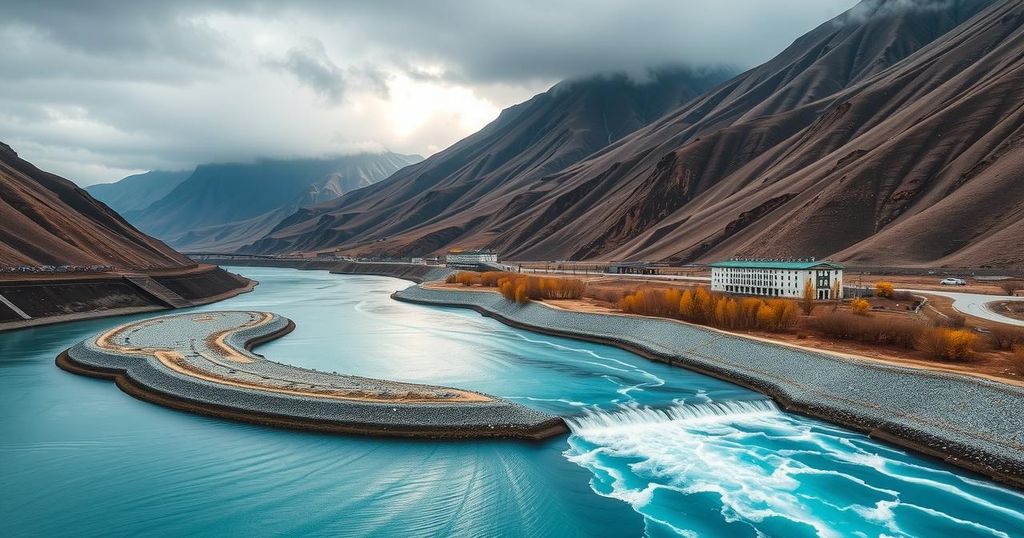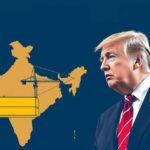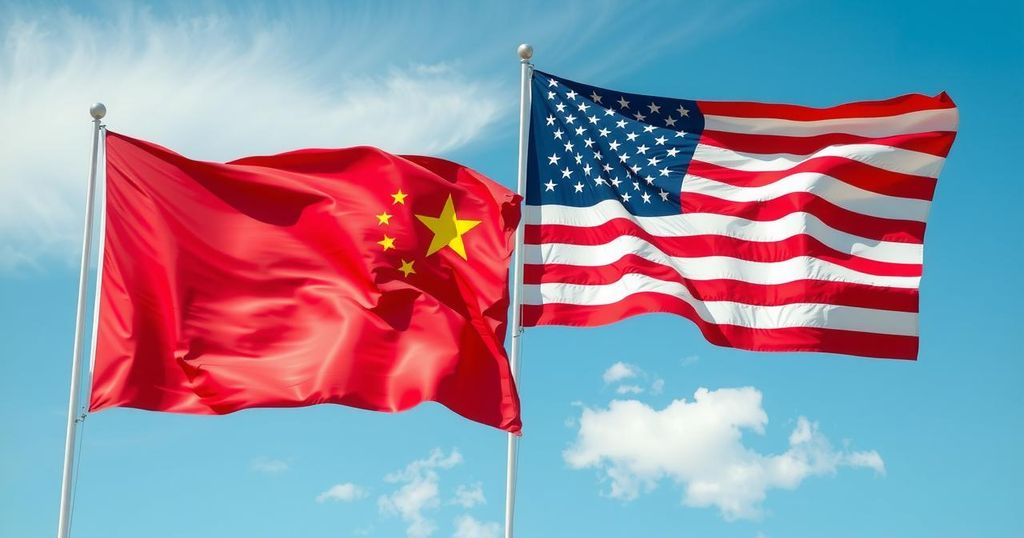Politics
“ GREAT BEND, ” KANTHA, ARUNACHAL PRADESH, ASIA, ASSAM, BANGLADESH, BAY OF BENGAL, BENGALURU, BRAHMAPUTRA, CHINA, CLIMATE CHANGE, DIBANG, GEOSPATIAL RESEARCH PROGRAMME, INDIA, INDIAN EXPRESS, INFRASTRUCTURE, INFRASTRUCTURE DEVELOPMENT, INFRASTRUCTURE PROJECTS, LOHIT, MEA, MEXICO, MINISTRY OF EXTERNAL AFFAIRS, NEW DELHI, NI, NORTH AMERICA, POLLUTION, RAND, RANDHIR JAISWAL, SIANG, TAKSHASHILA INSTITUTION, THE INDIAN EXPRESS, THREE GORGES, THREE GORGES DAM, TIBET, TSANGPO, Y NITHIYANANDAM, YANGTZE, YARLUNG TSANGPO, ZANGBO
Sophia Klein
China’s Mega Dam Project on the Yarlung Tsangpo: Implications for India
China has approved a monumental hydropower project on the Yarlung Tsangpo River, projected to generate 60,000 MW of electricity, significantly affecting India and Bangladesh. This undertaking prompts serious ecological and diplomatic concerns due to its potential impacts on water flow and regional ecosystems. India has expressed the necessity for frank discussions to mitigate the risks posed by the dam and ensure the safeguarding of its water interests.
On December 25, 2024, China approved the construction of the world’s largest hydropower project on the Yarlung Tsangpo River in Tibet, expected to have a capacity of 60,000 MW, which is threefold that of the Three Gorges Dam. The Yarlung Tsangpo flows into India, where it is known as the Siang in Arunachal Pradesh and further as the Brahmaputra in Assam before entering Bangladesh. This ambitious infrastructure initiative raises significant concerns regarding its ecological impact and the livelihoods of millions who depend on the river system.
Former Indian Ambassador to China, Ashok Kantha, expressed grave concerns, describing the project as risky and irresponsible due to the challenging geographical area it is situated in. The Indian Ministry of External Affairs has emphasized the importance of transparency from China, urging that the interests of downstream nations must not be jeopardized. India must communicate its concerns with greater urgency, as the repercussions of the dam could be severe for the entire Brahmaputra basin.
The dam’s strategic location is cited in China’s 14th Five-Year Plan, particularly at the Great Bend in Medog County, indicating advanced planning. The project aims to advance China’s shift from conventional energy sources toward renewable power to meet its carbon neutrality goals by 2060. However, the scale of the planned dam and the potential for negative environmental consequences, such as changes in sediment flow vital for agriculture and local biodiversity threats, warrant serious attention.
Moreover, the region’s seismic activity raises concerns about the risk of disasters similar to those stemming from other large dams, like the Three Gorges Dam, which have historically resulted in environmental and social disruption. Coordination and information exchange between India and China regarding transboundary river management are currently limited, despite existing agreements intended to promote collaboration. Concerns have been raised about the renewed agreements, which have either lapsed or seen minimal cooperative activity.
India’s options to address these challenges include challenging Chinese assertions regarding the project’s impacts and advocating for meaningful dialogue aimed at preventing potential complications that could arise from the dam’s construction. It is imperative that water management be positioned as a critical aspect of Sino-Indian relations, emphasizing its potential to affect bilateral ties significantly.
The Yarlung Tsangpo (Zangbo) River, originating in Tibet, transitions into the Brahmaputra River upon entering India. The river’s significance extends beyond water supply, serving as a crucial resource for millions across its course in India and Bangladesh. China’s decision to construct the world’s largest hydropower project on this river raises alarms regarding ecological stability, water management, and regional diplomacy, particularly for India, which relies on these waters.
China’s initiative to build the world’s largest dam on the Yarlung Tsangpo raises profound environmental, economic, and geopolitical concerns, particularly for India as a downstream nation. The potential for significant disruption to local ecosystems and water flow, coupled with the risks inherent in constructing such a large structure in a seismically active zone, necessitates urgent dialogue and collaboration between India and China. Efficient management of transboundary water resources must be prioritized to avert future crises that could destabilize the region.
Original Source: indianexpress.com








Post Comment